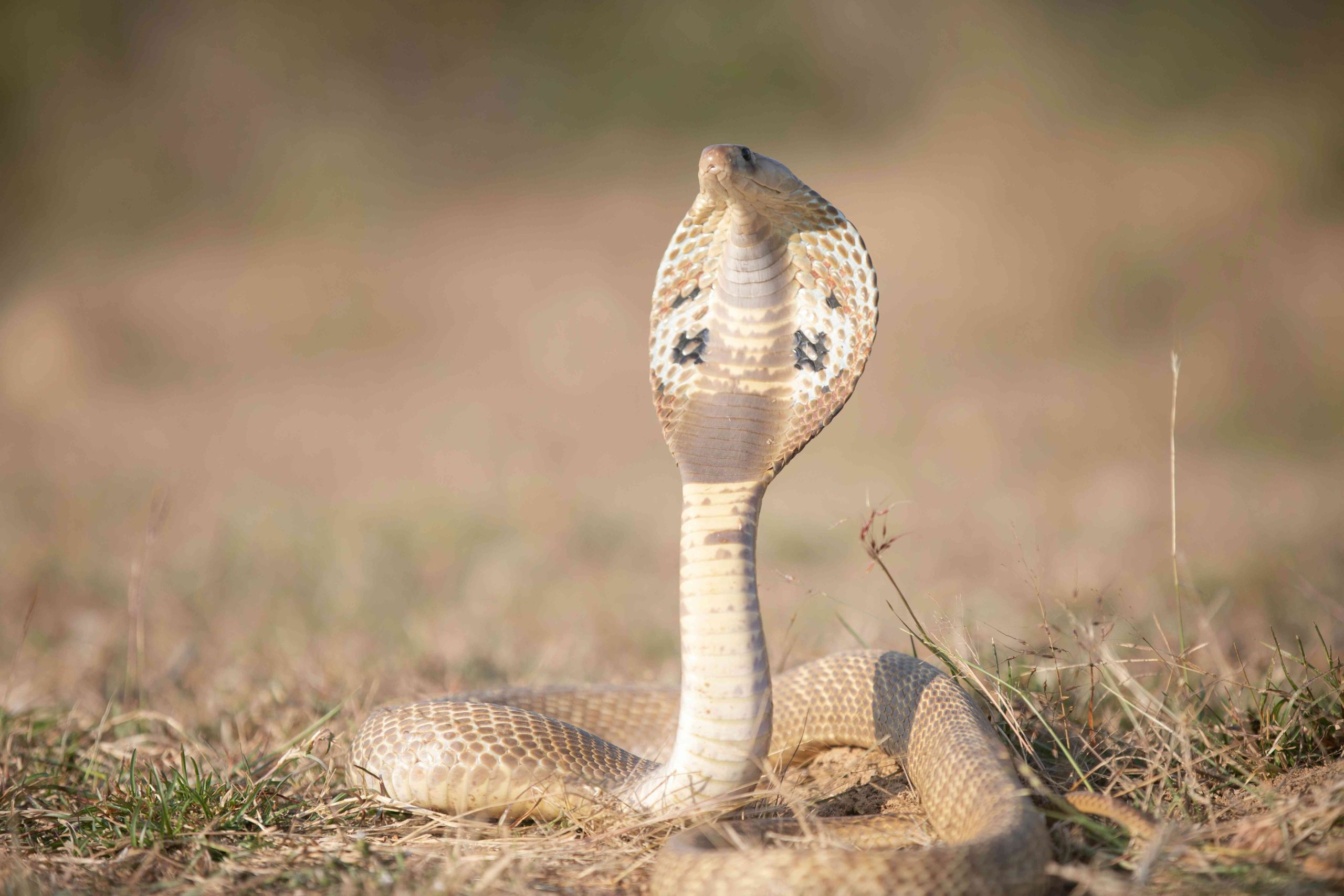The six snakes of Madagascar

The snake is an animal that feeds stories, tales and legends, an animal that is treacherous and deceitful by nature. Although it is sometimes eaten in the countryside, the animal is associated with the original evil of the first book of Genesis.
Yet the Red Island is rich in snake species, with 99 species counted to date. The reptile prefers warm, vegetation-rich soil. This is the ideal environment for its development. As a result, the animal can be found all over the island, from north to south and from west to east.
In this article, we take a look back at the island’s famous snakes and show you the snakes of Madagascar. It fascinates, terrifies, bewitches, but in the end seized and swallows everything in one piece the animal has a strong symbolism and that’s why we come back with you on the reptile in this article.
Madagascar boa known as mandoratra.
The most common snake on the Red Island, the Madagascar boa is found all over the island. Generally measuring between 50 cm and up to 2 m, it feeds in the fields on rodents and other mammals. The snake’s camouflage resembles that of military garb, and it is very comfortable in contact with humans.
The snake symbolises strength and vigour, and is sometimes referred to as the ‘stranger’s snake’, because it hangs around the necks of visitors when they meet them. Malagasy villagers sometimes eat it for its fatty, fleshy meat. It is the most popular snake on the island because of its presence in zoos, its familiarity with villages and its imposing size.
The Madagascar boa generally lives alone and waits for warm weather to mate. It lays between 2 and 15 eggs. The snake has no venom, but when attacked inappropriately can cause serious or minor injuries.
Leioheterodon madagascariensis known as menarana.
The leioheterodon madagascariensis or menarana is a snake endemic to the Big Island. It measures between 30 cm and 2 m. It is a snake with venom that is toxic to small mammals and irritating to humans. Its fangs are located inside its jaw and are only used to immobilise its prey. The menarana only uses strangulation to kill its prey.
The snake is feared and dreaded by the inhabitants of the island of Madagascar. On encountering it, the snake arches its back and enlarges its tracheae, making it a fairly aggressive snake. This snake is seen as a bad luck animal.
The island’s inhabitants are in the habit of killing the animal when they come across it.
Pararhadinaea novae.
The pararhadinaea novae is a snake measuring between 10cm and 30cm. It is a light brown snake that lives in dry, warm places under large stones, rocks and under the ground. Its appearance tends to resemble that of a giant lizard, and it feeds on large insects like a giant lizard.
The snake is found in the north of the island. It is a snake threatened with extinction.
It is a species that meets very few humans in the villages, the snake is very fearful of outside movements and flees at the slightest movement that seems suspicious.
Madagascarophis known as lapata.
The madagascarophis is a snake with a wide range of colours: grey, brown, yellow, green and black. It measures between 30 cm and 1.20 m. It is a nocturnal snake and very at ease in any environment it finds itself in: the snake crawls, climbs and swims.
It feeds mainly on small rodents, chameleons and any other mammals it comes across.
Snakes have a venom that helps them immobilise and kill their prey. Less aggressive than the menarana, it is a snake that is respected on the island. When locals come across it, it is often carried and set free.
Langaha madagascariensis.
The Langaha madagascariensis is a small snake endemic to Madagascar, measuring between 20 cm and 1m. It lives attached to trees between 1 m and 3 m above the ground. This snake has a very specific nose, flattened and elongated in the shape of a spade, like the nose of a swordfish. The snake has venom, but it is not very effective on humans. Males and females are not alike in this species of snake.
The langaha madagascariensis lives camouflaged in trees and generally eats chameleons, lizards, birds and insects that it comes across.
Ithycyphus known as fandrefiala.
The ithycyphus or fandrefiala is a dangerous snake for humans. It is endemic to Madagascar and can be found in dry forests and groves. The snake can be identified by its thin, elongated tail and the gradation of colour on its skin (from beige to dark red). It feeds on small mammals such as rodents and small nocturnal lemurs (microcebus).
The ithycyphus is a snake that is much feared by the villagers. According to Malagasy superstition, the snake has the power to hypnotise humans and then kill and eat them.
Despite its beliefs, it remains a rare snake to encounter, and is a non-aggressive species.